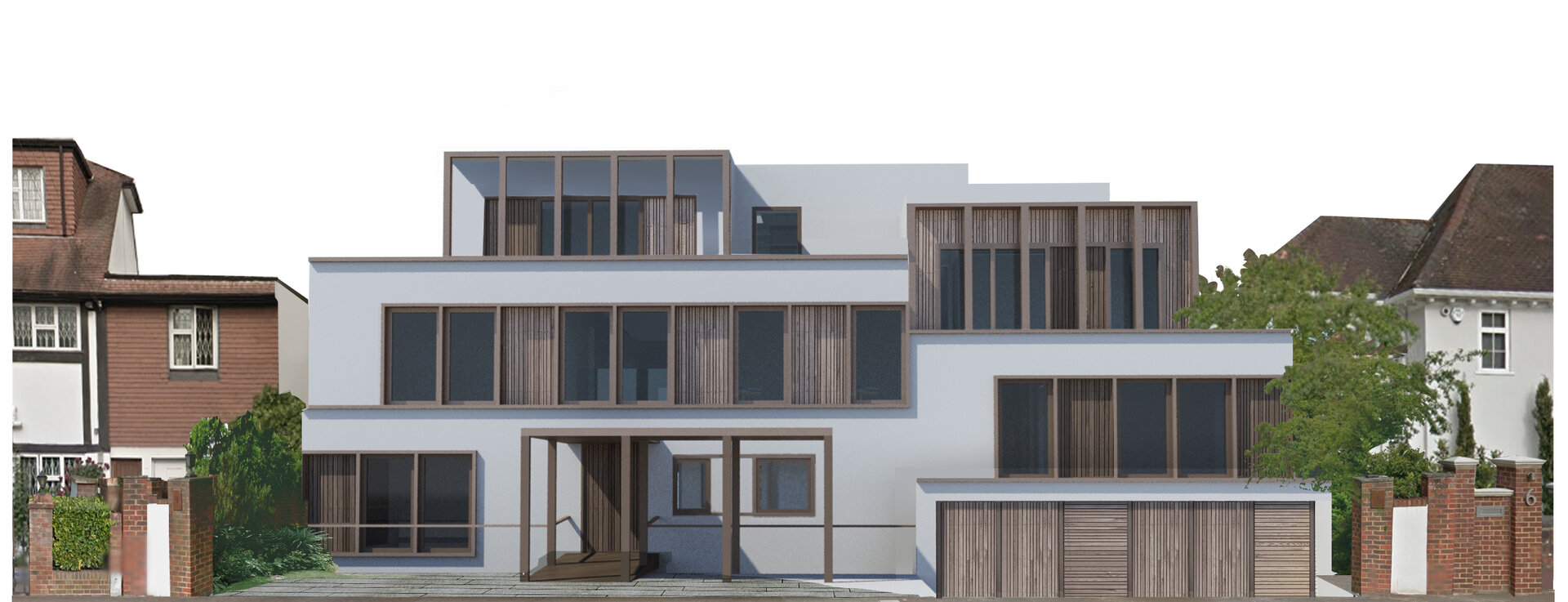What is a Conservation Area?
Conservation Areas are designated by the local planning authority to manage and preserve areas of special architectural or historic interest.
The Civic Amenities Act designated the first conservation areas in 1967[1]. Now there are approximately 10,000 separate Conservation Areas areas in England. The London Borough of Richmond alone has 72 Conservation Areas. To find out more about Conservation Areas in your borough, please see below.
Conservation areas are varied in their architectural and historical value. In London, conservation areas include:
The centres of former historic villages and towns.
Suburban development dating back to the 18th and 19th centuries, but also including 20th century suburbs. Most prominently in West London, these conservation areas include Metroland suburbia such as Pinner and Northwood.
Model housing estates, including late 20th century housing projects.
Country houses set in historic parks e.g. Chiswick House and Gunnersbury Park Mansion – both in the London Borough of Hounslow.
Historic transport links and their surroundings, such as the Grand Union Canal Conservation Area.
Industrial heritage sites – e.g. Kew Bridge Conservation Area, which is on the northern side of Kew Bridge in the London Borough of Hounslow.
Conservation area designation
Conservation Areas are typically designated by the local planning authority, but Historic England can designate areas in London. In very rare cases, the Secretary of State can designate a Conservation Area in London, and anywhere else in England.
To qualify for a designation, an area has to be identified by the local authority as having a definite architectural quality or historic interest as set out in the National Planning Policy Framework (Paragraph 127)[2] . For more information on the Local authority's role in designating Conservation Areas and the steps required, please visit Historic England.
When considering works to buildings in Conservation Areas, it is important to consider the following:
Conservation Area Appraisal – photographic survey and study of architectural and historic merits of the area designated.
Management Plan – this highlights areas of conservation concern to the Local Authority and proposals for maintaining the preservation and enhancement of the area. Each Conservation Area will have its different characteristics and features of particular interest.
Different status – buildings and areas within the Conservation Area are different. This means any planning application needs to be treated in the context of the immediate street scene and surroundings.
Article 4 Directions – These can be added by the Council to require planning permission for types of alterations which are deemed to preserve or protect the features of a conservation area. This can include windows, doors, roof tiles, fencing etc.
Demolition – or substantial demolition of a building within a conservation area will usually require planning permission from the Council. It is now a criminal offence to carry out demolition in a conservation area without planning permission.
Conservation Area Designation mistakes
Because the designation of Conservation Areas is a relatively straightforward process which does not require consultation, they are rarely challenged. However, the designations are not always successful and this revolves around the methods used to adopt a conservation area see blog.
Permitted Development Rights – There are additional planning controls under the provisions of the Town and Country Planning General Permitted Development Order 2015, The Town and Country Planning Act 1990 and the Planning (Listed Buildings and Conservation Areas) Act 1990. However, there are some works you can do to your dwelling which are exempt from this additional control (subject to no further controls being imposed by your local council or by the Secretary of State). These include:
Single storey rear extensions[3]
Outbuildings, swimming pools or enclosures which are not situated between the side wall and the boundary of the dwellinghouse (subject to the normal permitted development limitations).
Installation of skylights[4].
New porch (subject to the normal limitations).
New hard surfacing (subject to the normal limitations).
Fences or walls (subject to the normal limitations).
Conservation Areas by borough
For further information about which locations in each London borough are designated as Conservation Areas, and how each borough policy deals with these areas, please see our borough by borough area advice pages.

